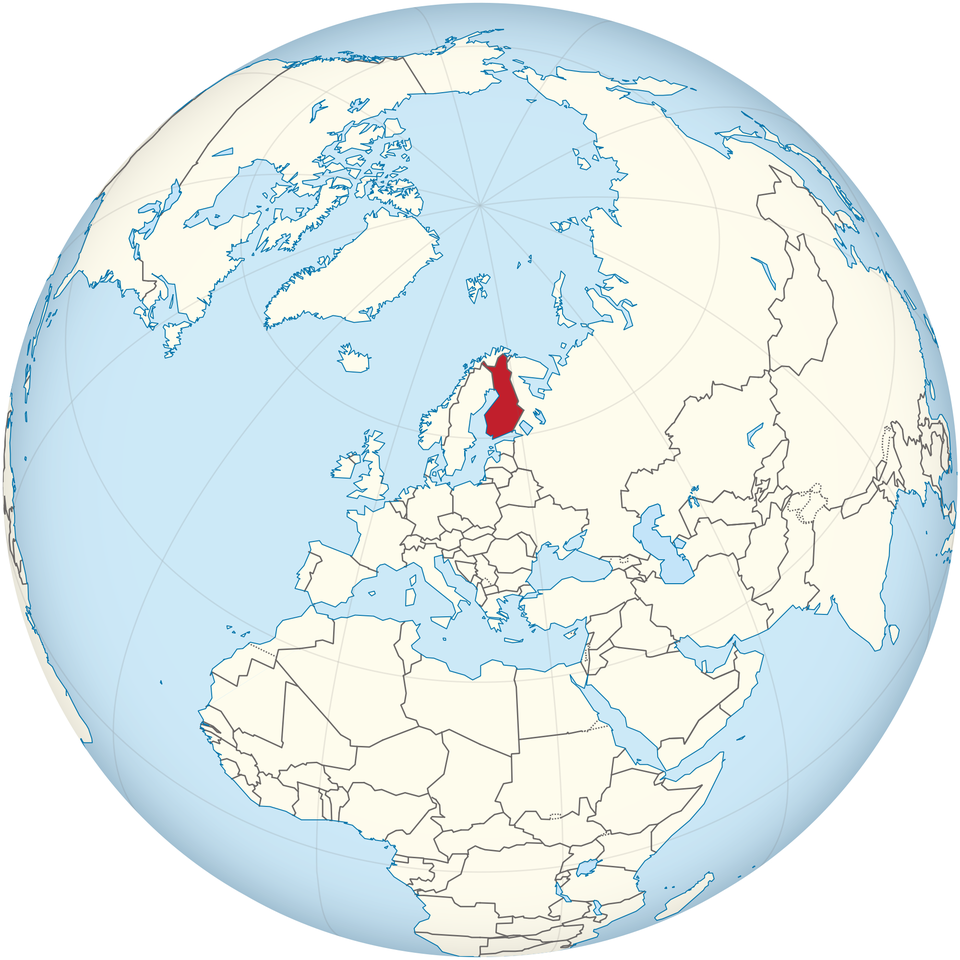
A decade ago, American education leaders received some alarming news: On a pair of international tests, U.S. students were far behind their peers in countries like Japan, Russia, Singapore and South Korea. While 44 percent of Singapore’s students scored “advanced” on the Trends in International Mathematics and Science Study (TIMSS), only 7 percent of American students did.
American students had made progress since the 1990s, but the gains weren’t enough for them to catch up to many of their international peers. As the years passed, the disappointing results kept coming.
“The United States came in 23rd or 24th in most subjects. We can quibble, or we can face the brutal truth that we’re being out-educated,” U.S. Education Secretary Arne Duncan said in 2010, when scores for the Programme for International Student Assessment (PISA) were released and the U.S. scored below the benchmark of 500 in math, compared to a score of 600 for students in Shanghai.
At the same time, college enrollment for U.S. students was stagnant and college remediation rates were high for basic subjects like algebra, even as projections showed that the majority of future jobs would require a college education.
U.S. students scored relatively well in reading on international tests--and scores in math were still rising, at least for younger students. But Chester E. Finn, president of the right-leaning Thomas B. Fordham Institute, said he was “stunned” by the performance of Shanghai students in 2010.
“I'm thinking Sputnik,” he said.
The Sputnik comparison was apt, in that the United States responded to the lackluster performance of its students on various measures of achievement with a set of sweeping and unprecedented reforms, including efforts to improve the teaching force and to turn around the nation’s lowest-performing schools. One of the biggest responses--and perhaps the most controversial--has been the adoption of the Common Core State Standards in 45 states and the District of Columbia.
The National Governors Association and the Council of Chief State School Officers jointly created the standards. They hired experts to write them, and committees of experts and educators reviewed and validated of their work. The criteria for the standards included requirements that they be research-based, aligned to college and career-ready expectations, and that there be fewer of them than what existed previously. (A feature of earlier U.S. standards that experts and Common Core proponents frequently criticized was that they were “a mile wide and an inch deep.”)
“As the nation seeks to maintain our international competitiveness, ensure all students regardless of background have access to a high quality education, and prepare all students for college, work and citizenship,” said Duncan when the standards were released in June 2010, “these standards are an important foundation for our collective work.”
This story was produced by The Hechinger Report, a nonprofit, nonpartisan education-news outlet based at Teachers College, Columbia University.
